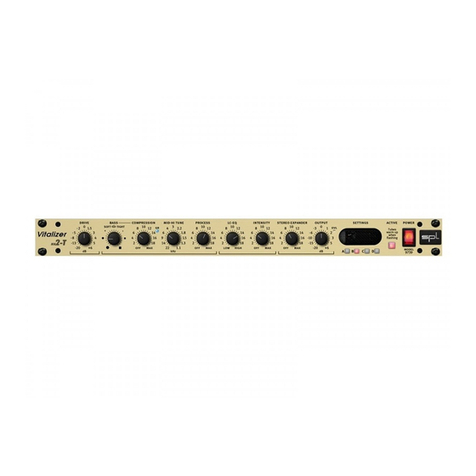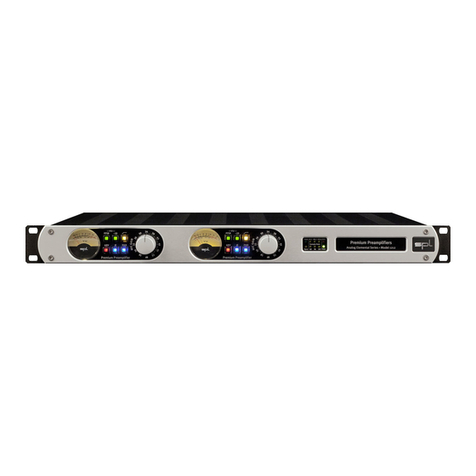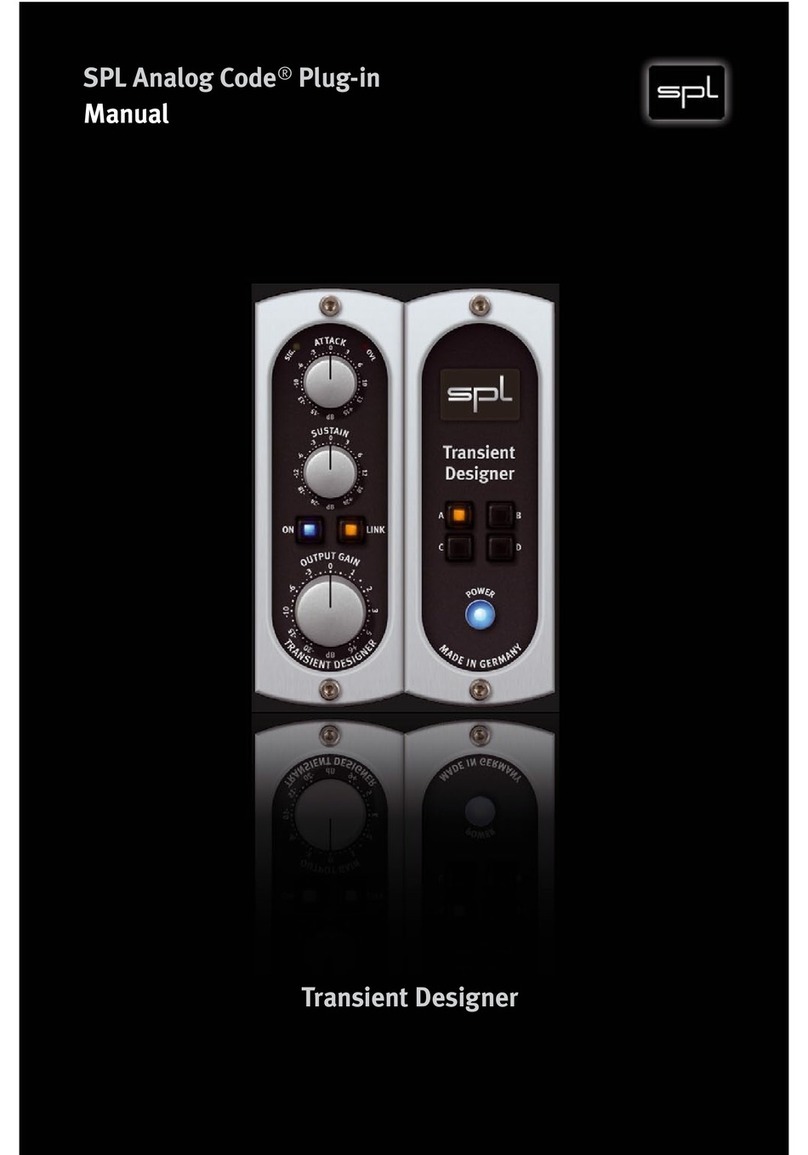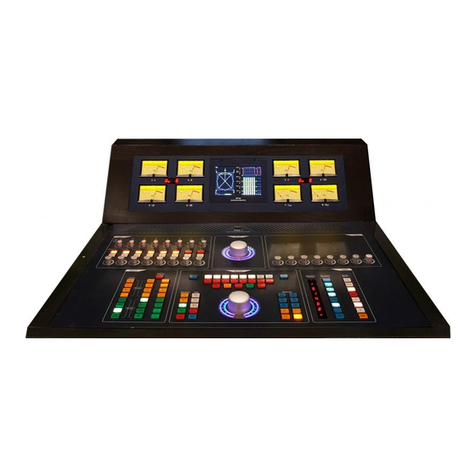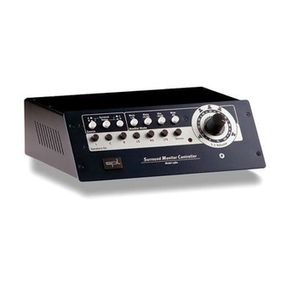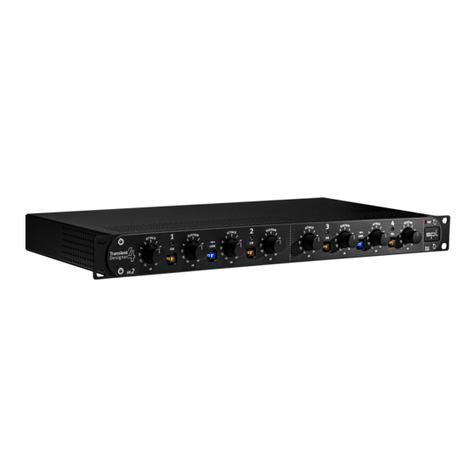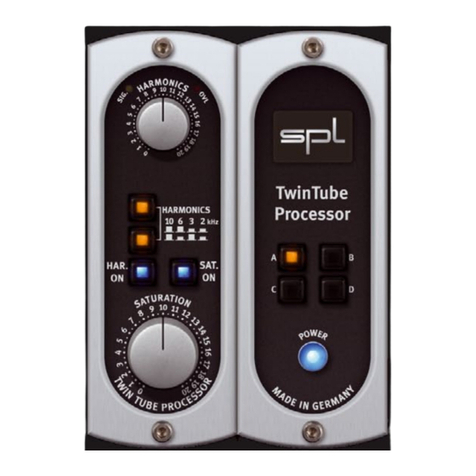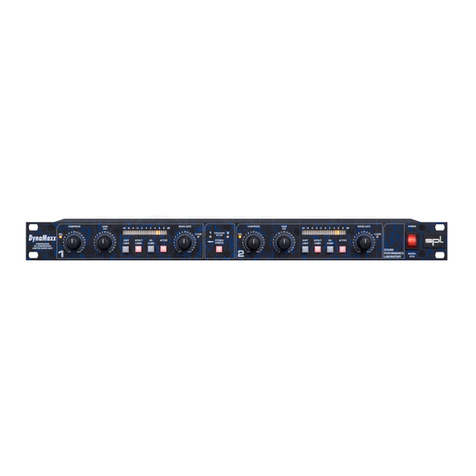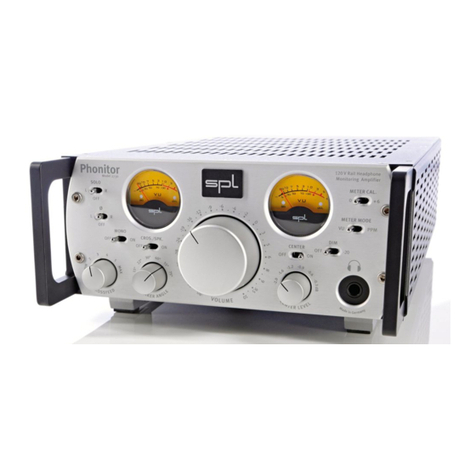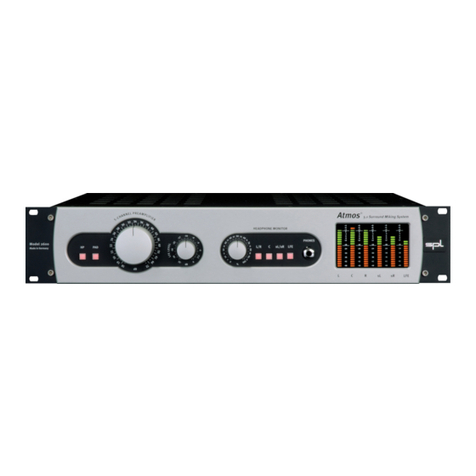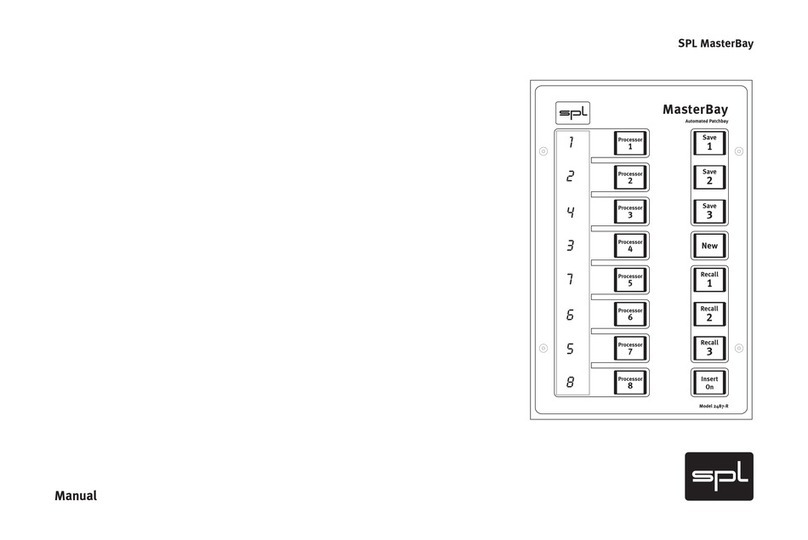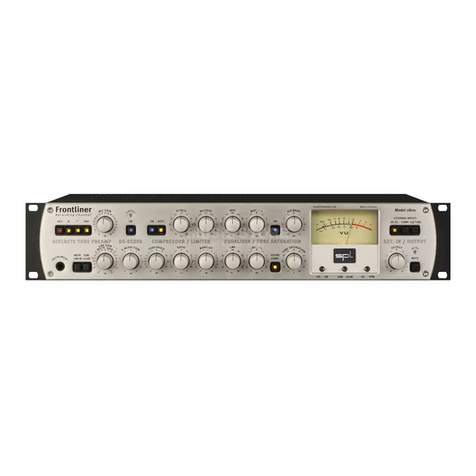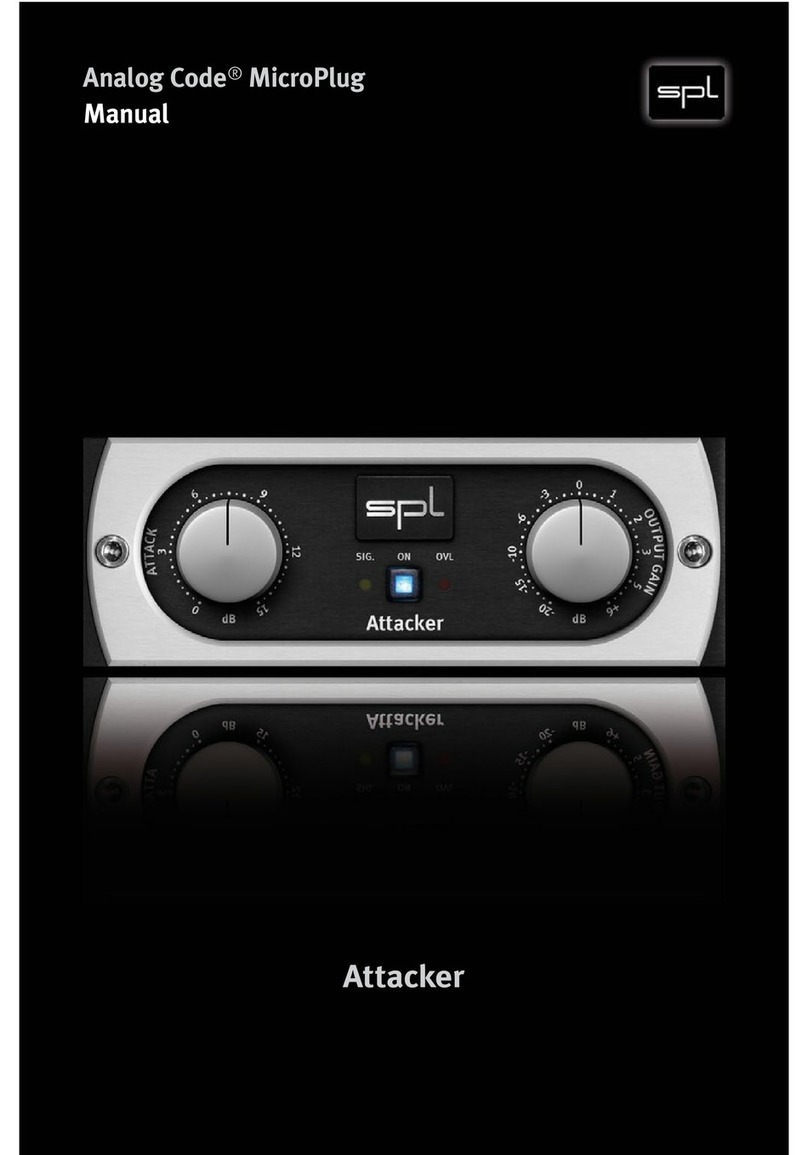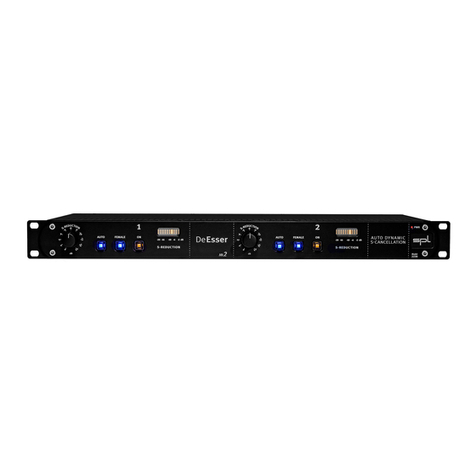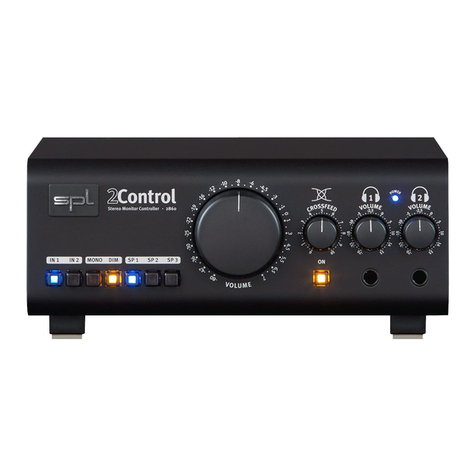Kultube (Model 2049) Manual
Version 1.2 – 11/2008
R & D: Ruben Tilgner
The information in this document has been carefully verified and is assumed
to be correct. However Sound Performance Lab (SPL) reserves the right to
modify the product described in this manual at any time. Changes without
notice. This document is the property of SPL and may not be copied or repro-
duced in any manner, in part or full without the authorization of SPL.
Limitations of Liability:
In no event will SPL be liable for any damages, including loss of data, lost
profits, cost of cover or other special, incidental, consequential or indirect
damages arising from the use of the unit, however caused and on any theory
of liability. This limitation will apply even if SPL or an authorized dealer has
been advised of the possibility of such damage.
CE Declaration of Conformity
Manufacturer: SPL electronics GmbH
Type of Equipment: Audio Signal Processor
Product: Kultube, Model 2049
Compliance Engineer: Wolfgang Neumann
Test Basis: EN50081-1:1992, EN50082-1:1992, EN60065:1993, EN61000-3-
3:1995, EN60065:2002, EN55013:2001, EN55020:2002, EN61000-3-2:2000,
73/23 EWG; 93/68 EWG.
We herewith declare, that the construction of the Kultube, Model 2049, is in
compliance with the standards and regulations mentioned above.
Notes on environmental protection
At the end of its operating life, this product must not be disposed of
with regular household waste but must be returned to a collection
point for the recycling of electrical and electronic equipment. The
“wheelie bin“ symbol on the product, user‘s manual and packaging
indicates that. The materials can be re-used in accordance with
their markings. Through re-use, recycling of raw materials, or other forms of
recycling of old products, you are making an important contribution to the
protection of our environment. Your local administrative office can advise you
of the responsible waste disposal point.
WEEE Registration: 973 349 88
Sound Performance Lab
SPL electronics GmbH
P.O. Box 12 27
D- 41 368 Niederkruechten, Germany
Phone +49 21 63 98 34 0
Fax +49 21 63 98 34 20
E-Mail: info@soundperformancelab.com
www.soundperformancelab.com
© 2008 SPL electronics GmbH. All rights reserved.
